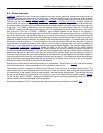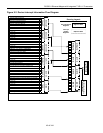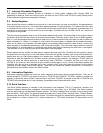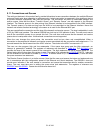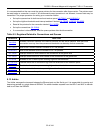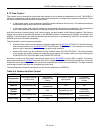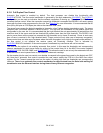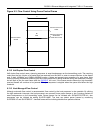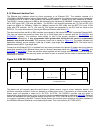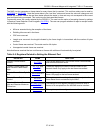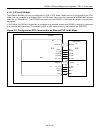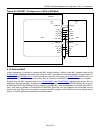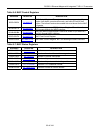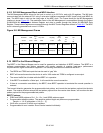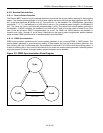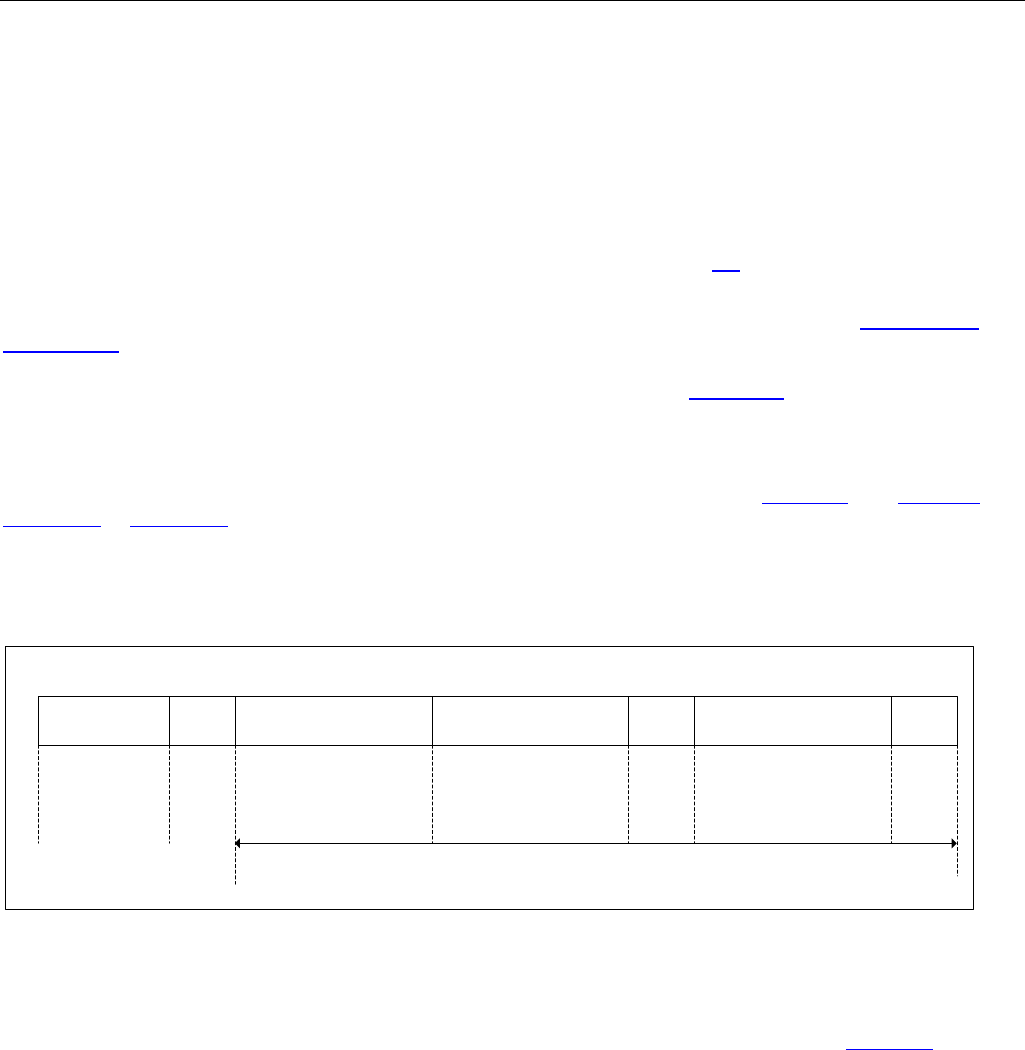
DS33R11 Ethernet Mapper with Integrated T1/E1/J1 Transceiver
56 of 344
9.14 Ethernet Interface Port
The Ethernet port interface allows for direct connection to an Ethernet PHY. The interface consists of a
10/100Mbit/s MII/RMII interface and an Ethernet MAC. In RMII operation, the interface contains seven signals with
a reference clock of 50 MHz. In MII operation, the interface contains 17 signals and a clock reference of 25MHz.
The DS33R11 can be configured to RMII or MII interface by the Hardware pin RMIIMIIS. If the port is configured for
MII in DCE mode, REF_CLK must be 25MHz. The DS33R11 will internally generate the TX_CLK and RX_CLK
outputs (at 25MHz for 100Mbps, 2.5MHz for 10Mbps) required for DCE mode from the REF_CLK input. In MII
mode with DTE operation, the TX_CLK and RX_CLK signals are generated by the PHY and are inputs to the
DS33R11. For more information on clocking the Ethernet Interface, see Section
9.1.
The data received from the MII or RMII interface is processed by the internal IEEE 802.3 compliant Ethernet MAC.
The user can select the maximum frame size (up to 2016 bytes) that is received with the
SU.RMFSRH and
SU.RMFSRL registers. The maximum frame length (in bits) is the number specified in SU.RMFSRH and
SU.RMFSRL multiplied by 8. Any programmed value greater than 2016 bytes will result in unpredictable
behavior and should be avoided. The maximum frame size is shown in
Figure 9-4. The length includes only
destination address, source address, VLAN tag (2 bytes), type length field, data and CRC32. The frame size is
different than the 802.3 “type length field.”
Frames from the Ethernet PHY or received from the packet processor are rejected if greater than the maximum
frame size specified. Each Ethernet frame sent or received generates status bits (
SU.TFSH and SU.TFSL and
SU.RFSB0 to SU.RFSB3). These are real-time status registers and will change as each frame is sent or received.
Hence they are useful to the user only when one frame is sent or received and the status is associated with the
frame sent or received.
Figure 9-4. IEEE 802.3 Ethernet Frame
Preamble SFD Destination Adrs Source Address
Type
Lenght
Data CRC32
7 1 6 6 2 46-1500
4
Max Frame Length
Encapsulated Frame
The distant end will normally reject the sent frames if jabber timeout, Loss of carrier, excessive deferral, late
collisions, excessive collisions, under run, deferred or collision errors occur. Transmission of a frame under any of
theses errors will generate a status bit in SU.TFSL, SU.TFSH. The DS33R11 provides user the option to
automatically retransmit the frame if any of the errors have occurred through the bit settings in
SU.TFRC. Deferred
frames and heartbeat fail have separate resend control bits (
SU.TFRC.TFBFCB and SU.TFRC.TPRHBC). If there
is no carrier (indicated by the MAC Transmit Packet Status), the transmit queue (data from the Serial Interface to
the SDRAM to Ethernet Interface) can be selectively flushed. This is controlled by
SU.TFRC.NCFQ.



